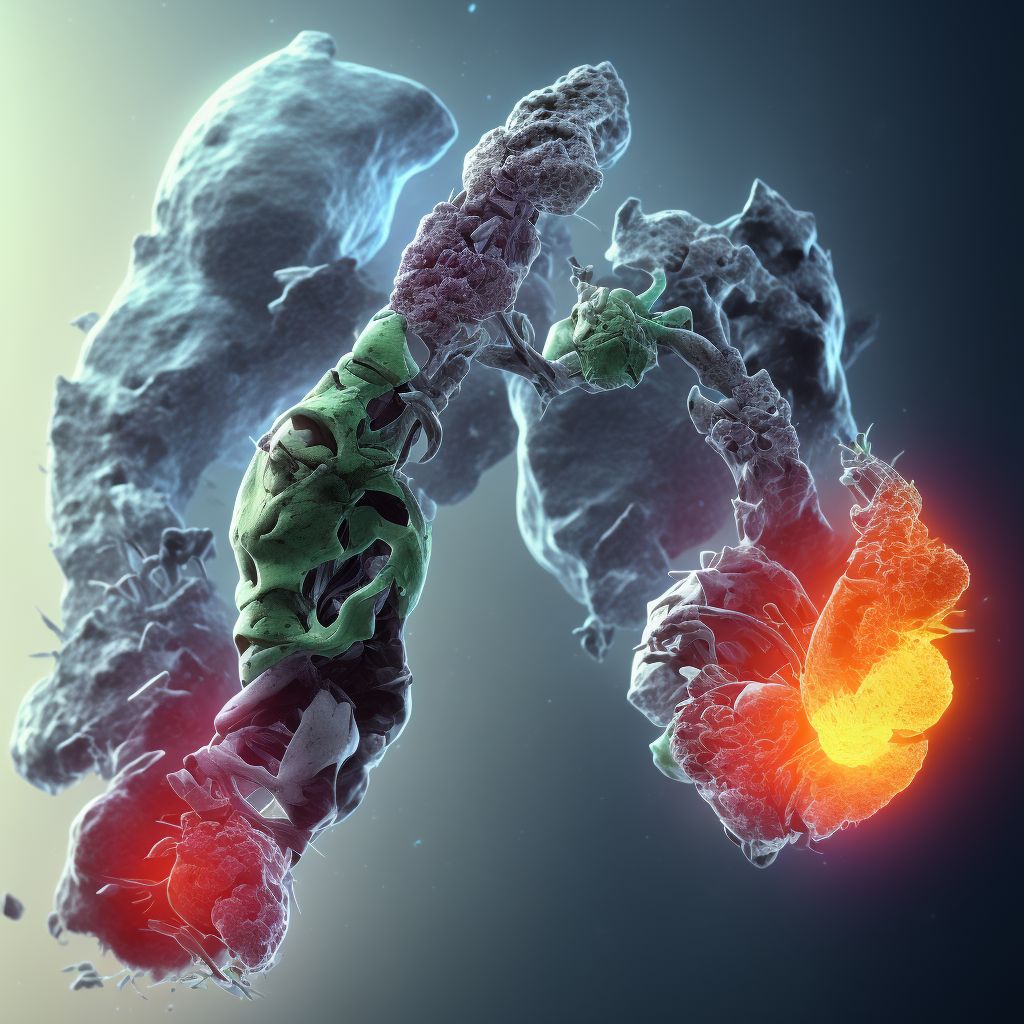
Nondisplaced fracture of right tibial tuberosity, subsequent encounter for open fracture type I or II with nonunion Save
ICD-10 code: S82.154M
Disease category: S82.154: Nondisplaced fracture of right tibial tuberosity
Nondisplaced Fracture of Right Tibial Tuberosity: Understanding Open Fracture Type I or II with Nonunion
A nondisplaced fracture of the right tibial tuberosity refers to a break in the bony prominence located below the kneecap, without any significant displacement. When such a fracture occurs and is left untreated or fails to heal properly, it can lead to a condition known as nonunion. In this subsequent encounter, we will explore the concept of open fracture type I or II with nonunion, shedding light on its causes and implications.
Open fractures are characterized by a break in the bone that is exposed to the external environment through a wound in the skin. Type I or II open fractures specifically refer to those with a small wound that is less than 1 cm or between 1 cm and 10 cm in length, respectively. When these fractures do not heal properly, they result in a nonunion, which means that the broken bone fails to reconnect or fuse together.
The causes of nonunion in open fractures type I or II can vary. Factors such as inadequate immobilization, poor blood supply to the fracture site, infection, or the presence of foreign bodies can hinder the healing process. Additionally, certain medical conditions like diabetes, smoking, or poor nutrition can also contribute to nonunion.
To diagnose nonunion in open fractures type I or II, your healthcare provider will assess your symptoms, perform a physical examination, and may order imaging tests such as X-rays or CT scans. These tests help determine the extent of the nonunion and guide further treatment decisions.
It is important to note that this article does not discuss treatment options for nonunion in open fractures type I or II. Treatment approaches may include surgical interventions, such as bone grafting or internal fixation, to promote bone healing and stability.
In summary,
- A nondisplaced fracture of the right tibial tuberosity can lead to nonunion when left untreated or when the bone fails to heal properly.
- Open fractures type I or II describe fractures with small wounds that are less than 1 cm or between 1 cm and 10 cm in length, respectively.
- Nonunion in open fractures type I or II can be caused by various factors, including inadequate immobilization, poor blood supply, infection, foreign bodies, or underlying medical conditions.
- Diagnosis of nonunion involves a physical examination and imaging tests such as X-rays or CT scans.
For appropriate treatment and management of nonunion in open fractures type I or II, consult a qualified healthcare professional who can provide personalized advice based on your specific circumstances.
Treatment of Nondisplaced fracture of right tibial tuberosity, subsequent encounter for open fracture type I or II with nonunion:
Treatment Options for Nondisplaced Fracture of Right Tibial Tuberosity
A nondisplaced fracture of the right tibial tuberosity, subsequent encounter for open fracture type I or II with nonunion, can be a painful and debilitating condition. Fortunately, there are several treatment options available to help patients recover and regain mobility. Let's explore some of these options:
...To see full information about treatment please Sign up or Log in